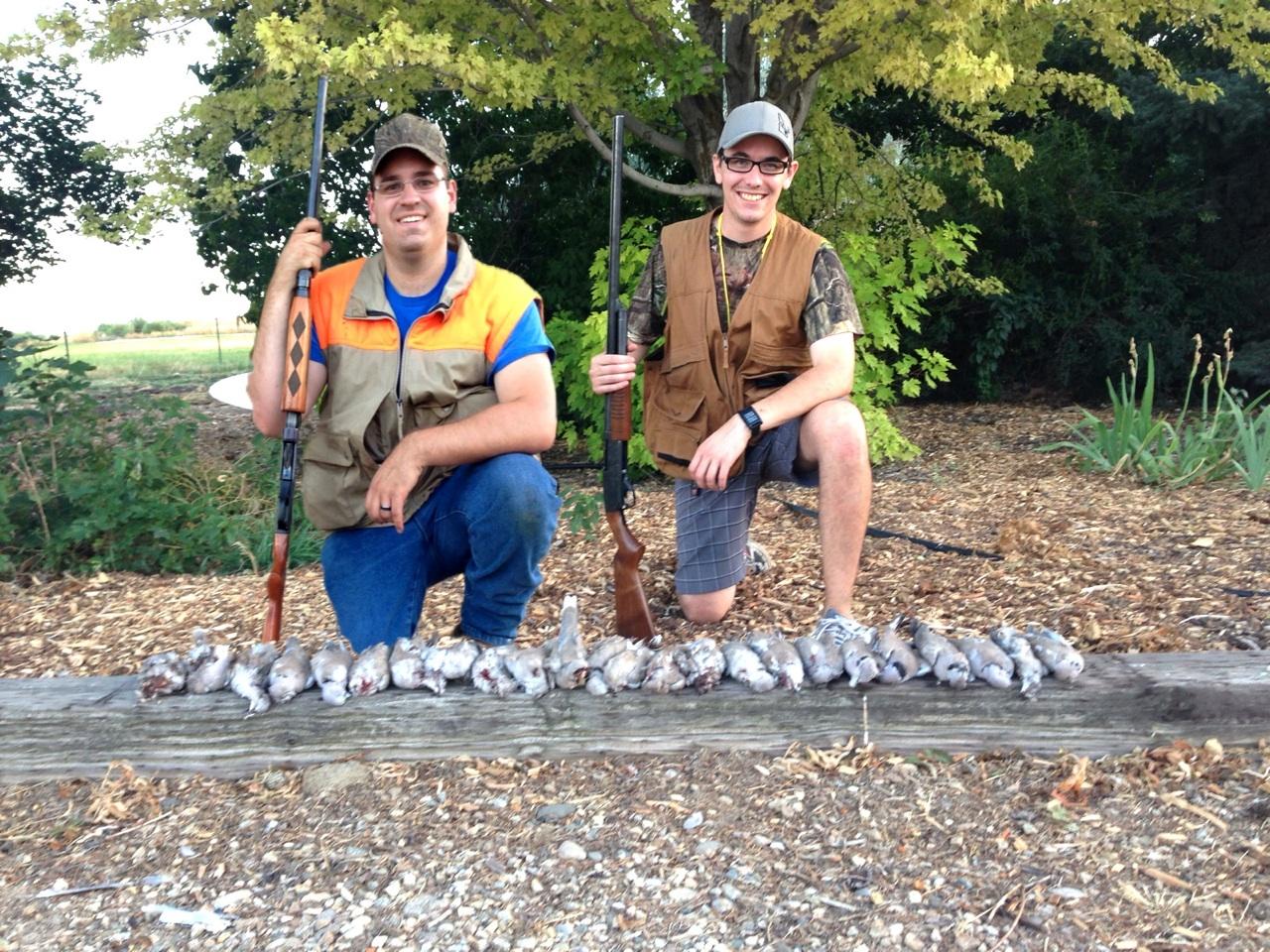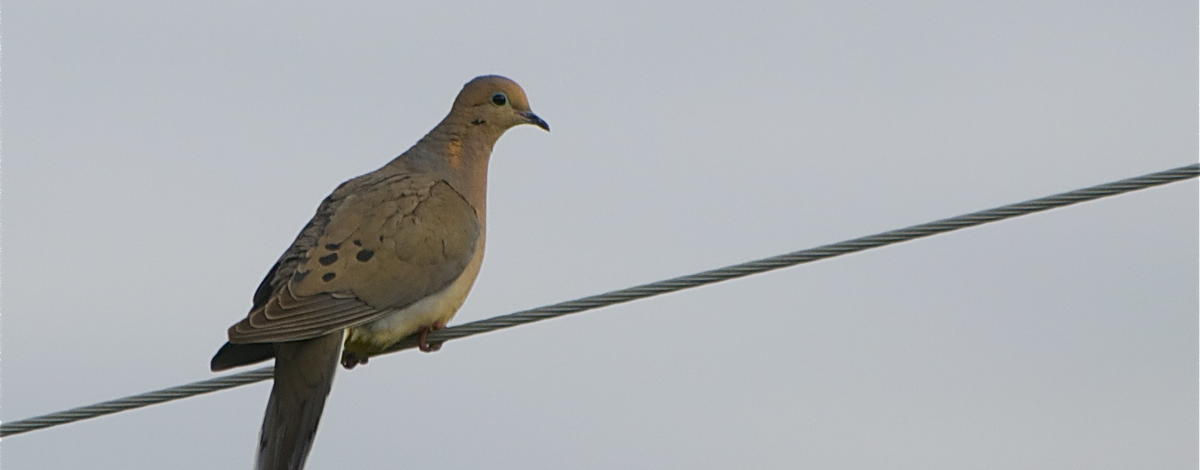Dove season is here, and if hunters are looking for public land hunting opportunities, many of Idaho Fish and Game’s Wildlife Management Areas are great places to start.
Dove hunting can be particularly successful at the interface of upland habitats, sources of water and agricultural lands, as doves seek out seeds and grain to forage on. Several WMAs in the Southwest Region provide just that. Roswell Marsh Wildlife Habitat Area southwest of Parma hosts some good opportunities around corn fields, while the Fort Boise, Montour, and C.J. Strike Wildlife Management Areas provide several food plots containing things like sunflowers, legumes, and sorghum.

Though these Fish and Game properties provide some good opportunity around small crop fields for the sit-and-wait hunter, good hunting can be had in many areas throughout the Southwest Region on uplands – just make sure you know where you are and abide by Idaho’s trespass law. Consider seeking out areas along creeks, ponds, or other bodies of water where there are scattered trees and seed-bearing plants.
You might not bag as many birds, but you can also walk around brushy and weedy upland areas and “jump shoot” flushing doves if you miss the flight window, but be cognizant and considerate of any other hunters.
Here is what you need to know about dove hunting in Idaho
- Season Dates: Sept. 1 - Oct. 30 (mourning doves)
- Bag limit: 15 mourning doves; no limit on Eurasian collared doves
- Equipment essentials: Shotgun capable of holding no more than three shells; lots of shotgun shells; drab-colored clothes; hiking boots; upland hunting vest; bucket/stool for a seat
- Licensing requirements: Migratory Bird (HIP) Permit; small game or annual hunting license
- Be sure to check out the 2021-22 Idaho Migratory Game Bird Seasons and Rules before heading out on your dove hunt.
Mourning doves are the most popular game bird in the country, and they are definitely popular in Idaho: the state ranks third in the western United States in terms of dove harvest and the number of active dove hunters, behind only California and Arizona.
Because they are migratory birds, hunters need to have a migratory bird (HIP) permit, in addition to a small game or annual hunting license. Additionally, hunters can't use a shotgun that holds more than three shells, so make sure your shotgun is plugged.
Doves are hunted with shotguns as they fly, and these small, fast-moving birds can make for a real challenge, even for experienced wing-shooters. Bring No. 6-8 shot shells, and lots of them, on your dove hunt.
Prior to a hunt, scouting is often in order. Hunters should do their scouting in the early morning and evening, focusing their attention on trying to identify food sources, water sources, and roosting sites. Once they have found an area being used by doves, hunters should stick around for a while and observe. Note the times when doves are moving in or out of the area, where doves enter and leave the area (doves tend to follow land features, like tree lines, ditches or creek beds), and where they concentrate.
Identify a few spots to set up for a hunt, and make sure to get there when the time is right. Dove hunting tends to be best in the mornings and late afternoons, when doves are moving between roost, food, and water sites.
Harvest a banded bird? Report it!
A national banding program was initiated in 2003 to improve the understanding of mourning dove population biology and to help estimate the effect of harvest on mourning dove populations. Doves are banded in July and August in most of the lower 48 states. Band recoveries occur almost exclusively during the U.S. hunting seasons which occur between September and January.
About 650 doves have been banded annually in Idaho in recent years. If you have found or harvested a banded bird, please report it at www.reportband.gov. You'll need the band number, or numbers, if the bird has more than one band.

